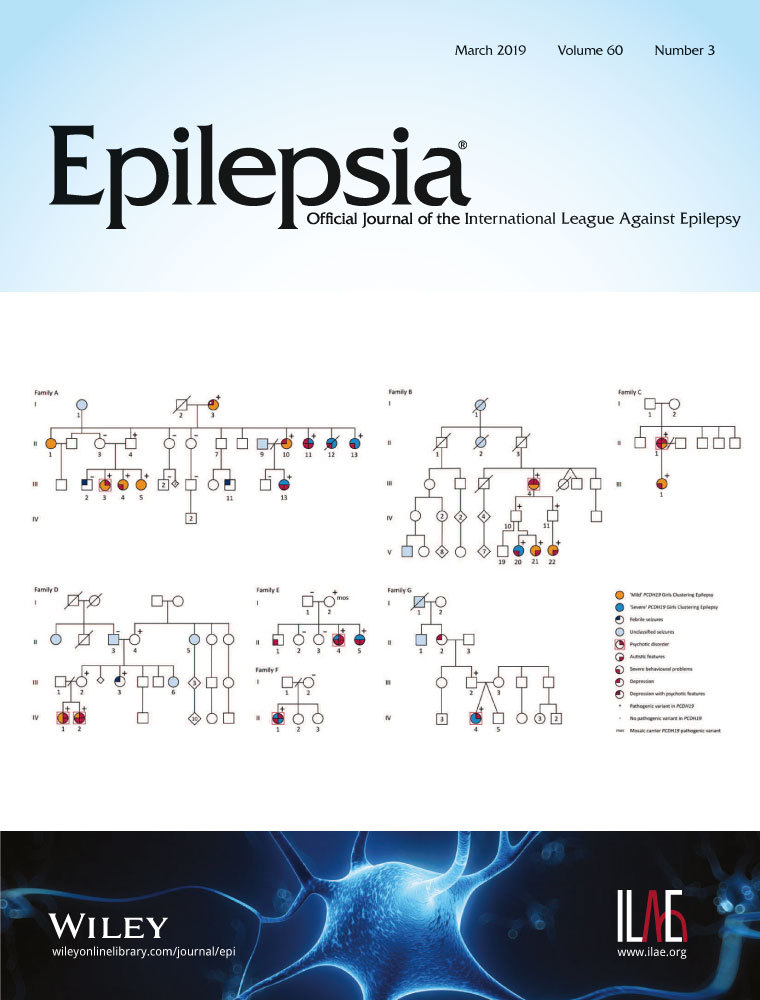Development of information sharing in language neocortex in childhood-onset drug-resistant epilepsy
Funding information
Research presented in this article was supported by a Research Innovation Project grant (Cincinnati Children's Research Foundation) and the Procter Scholar Award (Procter Foundation). Funding sources had no role in study design, data management, writing the manuscript, or the decision to submit for publication.
Summary
Objective
We studied age-related dynamics of information sharing among cortical language regions with electrocorticographic high-gamma modulation during picture-naming and story-listening tasks.
Methods
Seventeen epilepsy patients aged 4-19 years, undergoing extraoperative monitoring with left-hemispheric subdural electrodes, were included. Mutual information (MI), a nondirectional measure of shared information, between 16 pairs of cortical regions of interest, was computed from trial-averaged 70–150 Hz power modulations during language tasks. Impact of age on pairwise MI between language regions and their determinants were ascertained with regression analysis.
Results
During picture naming, significant increase in MI with age was seen between pairwise combinations of Broca's area, inferior precentral gyrus (iPreC), and frontal association cortex (FAC); Wernicke's area and posterior association cortex (PAC); and Broca's and Wernicke's areas. During story listening, significant age-related increase in MI was seen between Wernicke's area and either Broca's area, FAC, or PAC; and between Broca's area and FAC. Significant impact of baseline intelligence quotient was seen on the relationship between age and MI for all pairs, except between Broca's area and iPreC. The mean MI was higher during naming compared to listening for pairs including iPreC with Broca's area, FAC, or PAC and was lower for pairs of Wernicke's area or PAC with anterior language regions.
Significance
Information sharing matures with age “within” frontal and temporoparietal language cortices, and “between” Broca's and Wernicke's areas. This study provides evidence for distinct patterns of developmental plasticity within perisylvian language cortex and has implications for planning epilepsy surgery.
DISCLOSURE OF CONFLICTS OF INTEREST
R.A. receives research support from the Procter Foundation and Maxon Foundation. The other authors have no conflicts of interest to report. J.A.W. currently works as a senior software developer for DRW Holdings, LLC. D.F.R. has now retired from his position. Ten patients included in this article have been reported earlier (Arya et al2,7); however, the data were reanalyzed using a different methodology for this article. All commercial software used in this research was covered under appropriate end-user licenses. Python (version 2.7, Anaconda distribution) and R (version 3.4) are free programming languages. All authors have approved the final version of this article for publication. We confirm that we have read the Journal's position on issues involved in ethical publication and affirm that this report is consistent with those guidelines.




